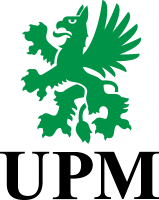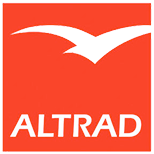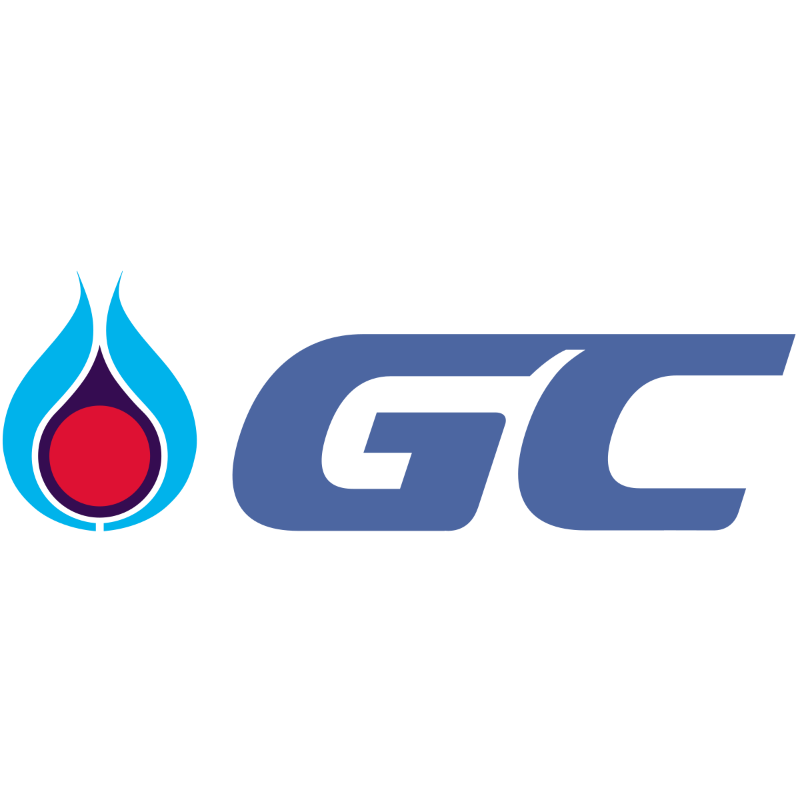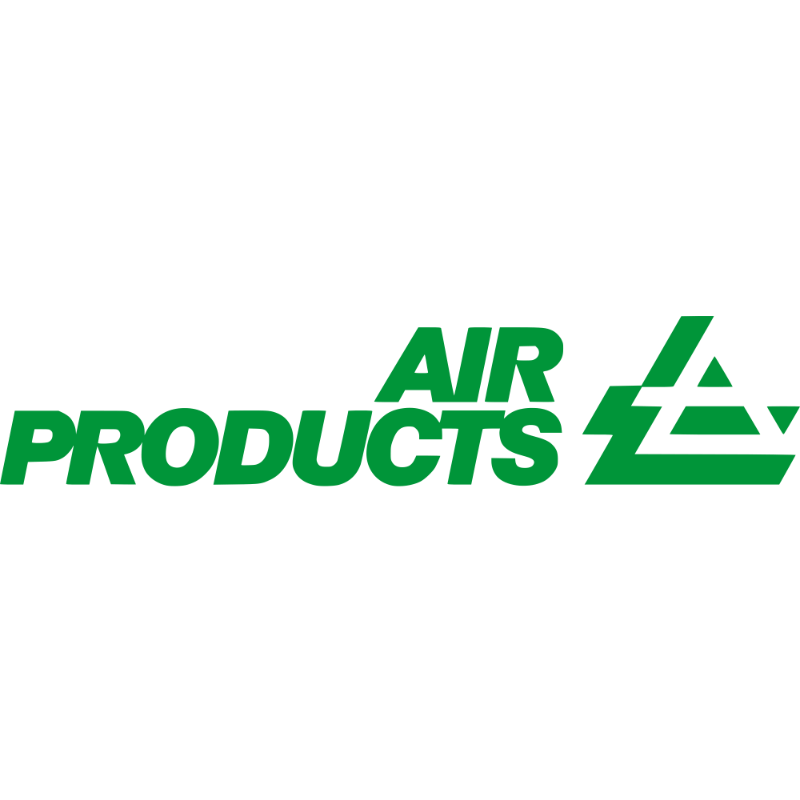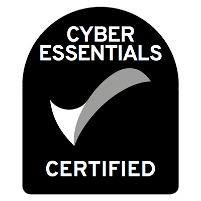
Safety plays a vital role in high-risk industries like oil and gas, construction, petrochemicals, and heavy manufacturing. Organisations are now looking to digital safety solutions such as electronic Permit to Work (ePTW) systems and Job Safety Analysis (JSA) tools to reduce risk and protect their workforce.
These tools are most effective when used together as part of a unified risk control strategy. But how do they work, and why is integration so important?
What Are Risk Control Tools?
Permit to Work (PTW) is a formal process used for authorising potentially hazardous tasks, such as hot work, confined space entry, or equipment maintenance. It ensures proper compliance, planning, control measures, and authorisation before work begins.
Job Safety Analysis (JSA) breaks down tasks into steps to identify hazards and define controls. It encourages teams to think critically and mitigate risks in advance.
Used separately, PTW and JSA systems add value. But integrating them in a digital platform offers even greater benefits.
Why Risk Control Software Integration Matters
Traditionally, JSAs and PTWs are managed on paper, leading to delays, errors, and poor visibility. Digital platforms now connect the two processes, creating a safer, more streamlined approach.
Here’s how integrated ePTW and JSA software improves safety:
1. Improved Hazard Awareness: Linking JSAs to permits ensures teams assess risks during the planning phase, making hazard recognition part of the workflow.
2. Clear Documentation of Controls: Safety measures like PPE requirements, isolations, and testing can be documented within the same system, improving visibility for supervisors.
3. Standardisation Across Jobs: Digital templates for common tasks promote consistency, reduce training time, and help new team members quickly adapt.
4. Real-Time Updates: Any changes to a job or safety conditions can be communicated instantly, keeping all stakeholders aligned and informed.
5. Audit-Ready Records: Digital storage allows for easy tracking, review, and analysis of safety data—helping companies identify trends and continuously improve.
Risk Control Software Real-World Example: iPermit
IAMTech’s iPermit system is a strong example of integrated risk control software. It combines ePTW capabilities with built-in JSA and Isolation (LOTO) modules, allowing teams to complete risk assessments and isolations and directly link them to permits with a series of safeguards to prevent unauthorised/unintended actions. This ensures every job has an up-to-date safety plan that’s easy to review and audit.
iPermit also offers mobile access, enabling workers in the field to check permits and JSAs on the go. PDFs can also be printed off to provide workers with a hard copy. The system’s user-friendly interface reduces training time and supports adoption at all levels.
Benefits of Risk Control Software: A Smarter Safety Strategy
By integrating JSA tools with ePTW systems, companies benefit from:
- Improved workforce safety
- Efficient permit management
- Centralised, accurate safety records
- A culture of proactive risk management
Risk Control Software Integration: Final Thoughts
Implementing risk control software like iPermit helps organisations go beyond compliance. It embeds safety into every task, encourages accountability, and supports continuous improvement. With features like real-time analytics and mobile access, new HSE technology empowers teams to work smarter and safer every day.
Whether upgrading your current system or starting fresh, integrating PTW and JSA tools is a practical step toward a safer, more productive workplace.



